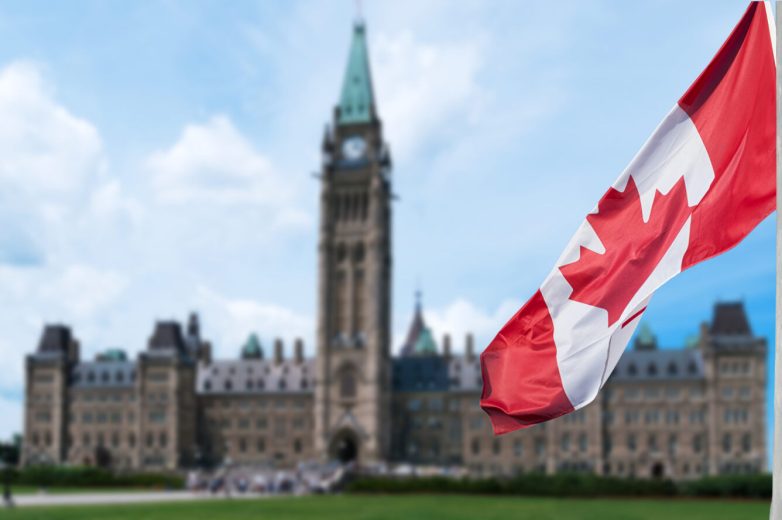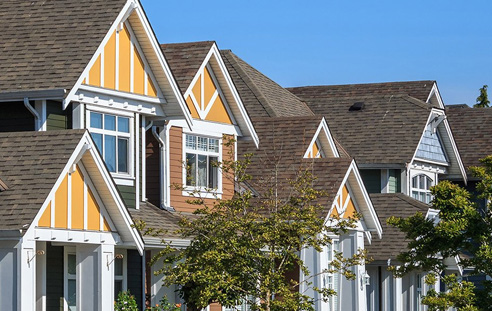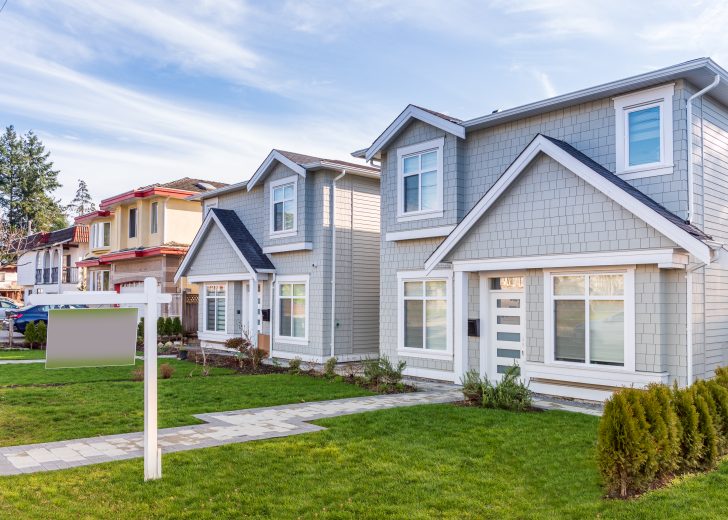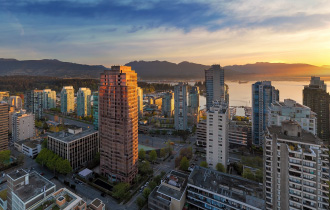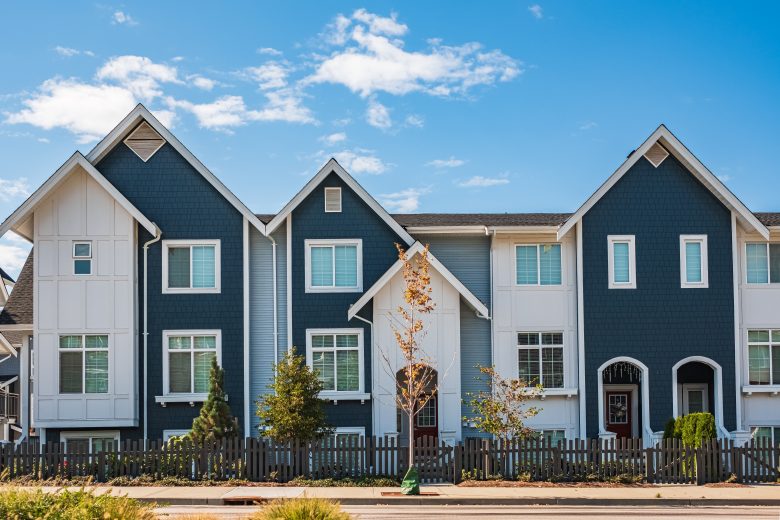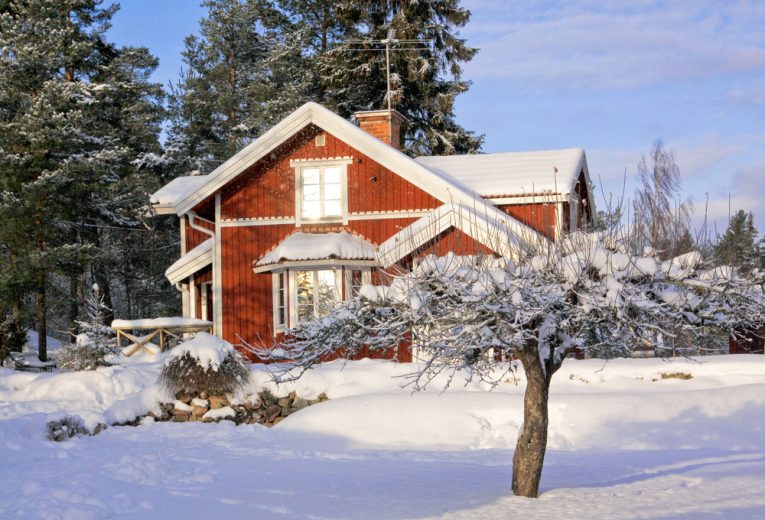On June 20, the Canadian government passed legislation confirming October 17, 2018 as the legalization date for non-medicinal cannabis. Under the legislation, individuals will be able to grow up to four cannabis plants per residence.

Four plants may not sound like much, but what if it's grown in a closet? Or a 600-square foot strata unit? Or someone decides to grow more than four plants?
BCREA remains concerned with the damage drug production can have on properties. Like other types of drug production, if someone grows cannabis in their home, electrical issues and mould can result. That puts property and people at risk.
BCREA believes the BC Government needs to develop a consistent process to remediate buildings used in drug production to ensure they are safe. We commissioned research from the University of the Fraser Valley as a starting point.
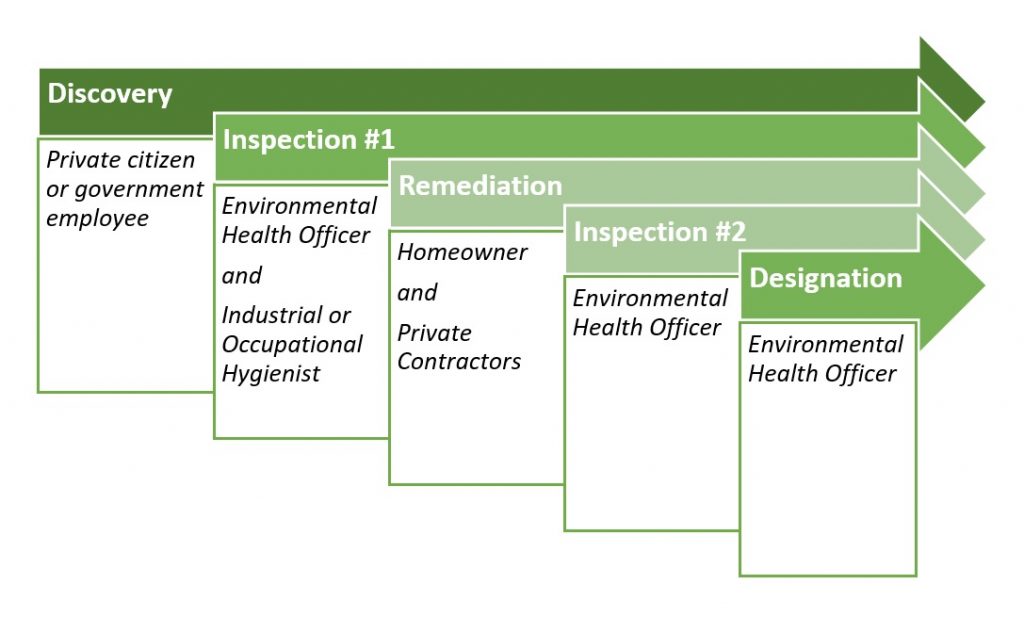
The research recommends defining what constitutes a healthy home. This would serve as the baseline against which all remediation work could be measured. The approach makes clear that the challenge is not with legal or illegal drug operations—it is with the damage that any drug operation can cause and the potential risks to human safety and property.
The research proposes a five-step remediation process in which a drug operation is discovered, inspected, remediated, inspected again and finally designated a healthy home. Because this is a public health problem, the research recommends the responsibility for the process lie with the Ministry of Health.
To subscribe to receive BCREA publications such as this one, or to update your email address or current subscriptions, click here.
 Building Hope: Canada’s Housing Plan in Budget 2024
Building Hope: Canada’s Housing Plan in Budget 2024 BC REALTORS® Advocate for a Pre-Offer Period
BC REALTORS® Advocate for a Pre-Offer Period BC Government Announces New Housing Measures in 2024 Budget
BC Government Announces New Housing Measures in 2024 Budget Navigating Canada’s Underused Housing Tax
Navigating Canada’s Underused Housing Tax

